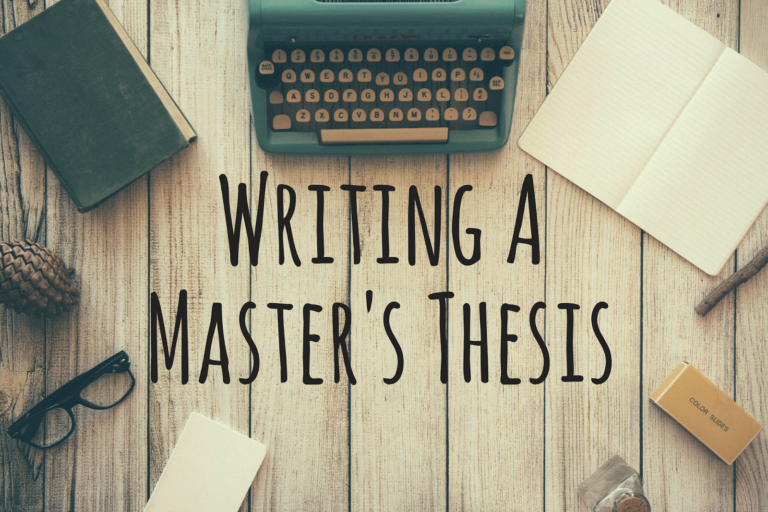Summarizing and Paraphrasing: Understanding the Difference and Importance
If you are a researcher or aspiring to become one, mastering summarizing and paraphrasing is important.
Both play crucial roles in effective communication, ensuring clarity, enhancing the quality of work, and avoiding plagiarism.
Whether you are writing a thesis, a blog, or a report, understanding and mastering these techniques can significantly improve your ability to convey information effectively.
Let us dive into the meaning, application, and significance of these skills.
Also Read: Mastering Literature Reviews
What is Summarization?
Summarization involves condensing a larger text into a shorter version that captures its essence and meaning.
It focuses on presenting the main points while eliminating unnecessary details, making it easier to grasp the core message.
For example:
Revised sentence: “The increasing reliance on technology in classrooms has transformed traditional teaching methods, making learning more interactive and accessible to students worldwide.”
Summary: “Technology has revolutionized teaching, making learning interactive and accessible globally.”
Summarization is particularly useful when dealing with lengthy research papers, articles, or reports. It lets readers quickly understand the main ideas without delving into the entire content.
In academic settings, summarization is essential for literature reviews, helping researchers synthesize information from multiple sources.
Similarly, students use summaries to condense large volumes of study material, improving retention and saving time.
Summarizing also plays a significant role in everyday communication. For instance, executives often rely on summaries in business meetings to make quick decisions based on concise reports.
What is Paraphrasing?
Paraphrasing is rewriting a text in your own words while retaining its original meaning.
Unlike summarization, paraphrasing does not necessarily shorten the text but focuses on rephrasing it to improve clarity or adapt it for a specific audience.
For example:
“The introduction of renewable energy sources has the potential to reduce global carbon emissions and combat climate change.”
Paraphrased version: “Using renewable energy can greatly cut down on carbon emissions, helping mitigate climate change.”
Paraphrasing needs a clear understanding of the original material. It is not just about replacing words with synonyms but about rewriting the content in a way that aligns with the context and tone of your work.
In research, paraphrasing is essential to integrate external ideas into your writing without directly quoting them. This not only avoids plagiarism but also allows you to tailor the information to your narrative.
For example, while reviewing literature from secondary sources, a Ph.D student might paraphrase complex theories to make them more understandable for their audience.
Paraphrasing also enhances originality. In digital marketing, content creators often paraphrase existing ideas to create fresh and engaging material that aligns with Search Engine Optimization SEO guidelines.
Key Differences Between Summarizing and Paraphrasing
While summarizing and paraphrasing may seem similar, they serve different purposes. Summarizing condenses content to its main points, while paraphrasing rewrites the content in a way that preserves all details and nuances.
For example, if you are reading a detailed article about the health benefits of physical activity for Ph.D students:
- Summarizing: “Exercise improves mental health and productivity in Ph.D students.”
- Paraphrasing: “Engaging in physical activity can enhance mental well-being and increase productivity among Ph.D students.”
Understanding when to use each skill is crucial. Summarize when you need to provide a brief overview and paraphrase when you want to integrate detailed information into your writing.
Why is Summarizing Important?
Summarizing is an indispensable skill for researchers and students, allowing them to extract the core ideas from lengthy texts efficiently. It is beneficial for condensing information from multiple sources into a cohesive narrative in academic writing.
For Ph.D students, summarization is valuable during the literature review process. By summarizing key studies, they can identify gaps, list down research questions, and build a strong foundation for their thesis.
Summarizing also improves comprehension. When dealing with complex topics, a well-crafted summary can make the information more accessible and easier to understand.
Moreover, summarizing is a time-saving technique. Whether you are a researcher, a student, or a professional, quickly grasping the main points of a text can enhance your productivity and decision-making.
Why is Paraphrasing Important?
Paraphrasing plays a crucial role in ethical writing. It allows you to use someone else’s ideas without copying their exact words, ensuring your work remains original.
For Ph.D students, paraphrasing is essential when discussing existing research. By rephrasing complex ideas, writers can present information that aligns with their arguments while avoiding plagiarism.
Paraphrasing also enhances clarity. In academic writing, dense and technical language can often hinder understanding. By paraphrasing such content, you can make it more relatable and easier for your audience.
Additionally, paraphrasing is a powerful tool for SEO. Creating unique and engaging content is crucial in digital marketing to improve search engine rankings. By paraphrasing existing material, marketers can produce original content that resonates with their target audience.
How to Master Summarizing and Paraphrasing
Practicing regularly is essential to develop a deep understanding of the source material to excel in summarizing and paraphrasing.
Here are some tips:
- Understand the Content: Read the original text carefully and ensure you fully understand its meaning before summarizing or paraphrasing.
- Identify Key Points: Focus on the main ideas for summarizing and retain important details for paraphrasing.
- Use Your Own Words: Avoid copying phrases or sentence structures from the original text. Instead, put the content into your own words.
- Check for Accuracy: Ensure that your summary or paraphrased version accurately reflects the original meaning.
- Cite Your Sources: Always credit the original author through In-text citations to avoid plagiarism.
Also Read: What is a Thesis Statement
Conclusion
Summarizing and paraphrasing are essential for anyone involved in academic writing, research, blog writing, and more. While summarizing allows you to condense information concisely, paraphrasing helps you integrate external ideas into your work with originality and clarity. Thesis writing services can help Ph.D. students effectively apply summarizing and paraphrasing techniques to craft well-structured research documents.
By mastering these techniques, you can improve the quality of your writing, avoid plagiarism, and communicate your ideas more effectively. Seeking research guidance ensures that scholars develop strong summarization and paraphrasing skills, enhancing the clarity and originality of their academic work.
Whether you are a Ph.D student summarizing research papers or a content creator paraphrasing ideas for a blog, these skills are invaluable tools for success.







